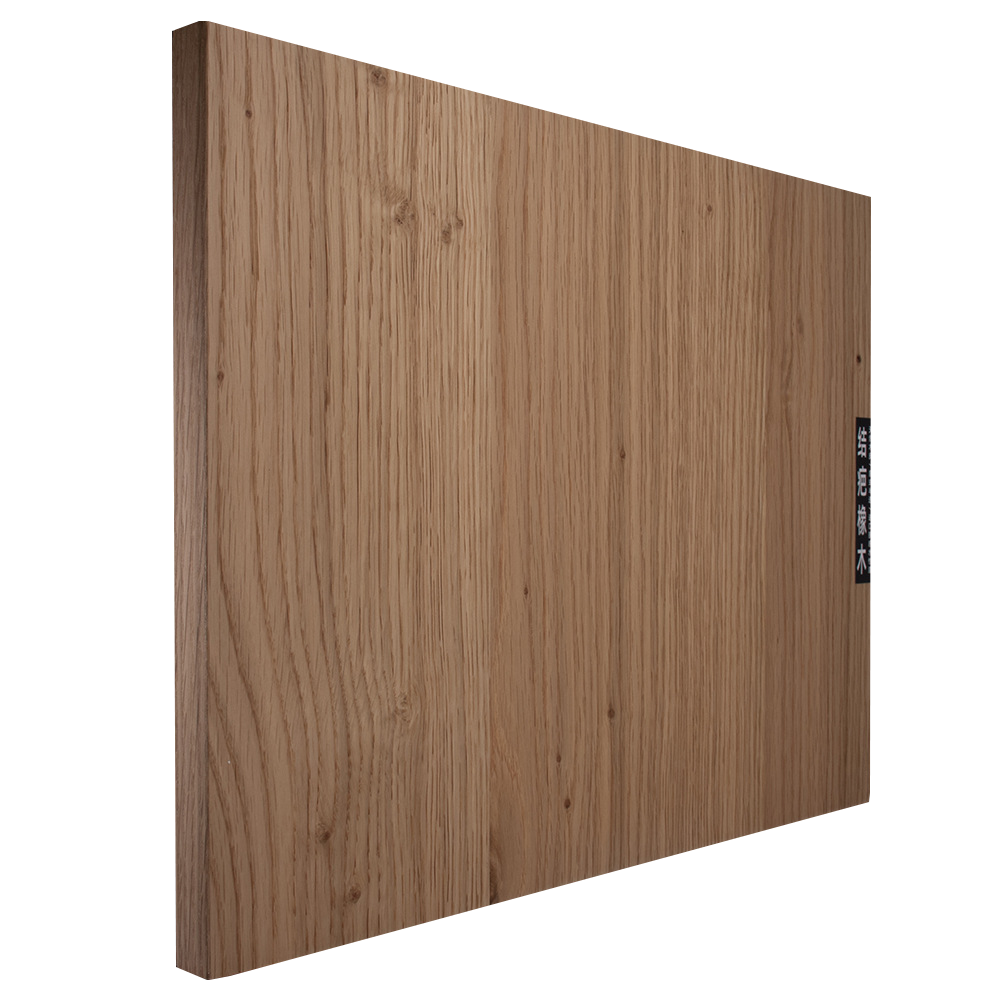In the fields of construction and furniture manufacturing, the choice of materials is of great significance as it directly affects the quality, durability, and appearance of products. Medium – Density Fiberboard (MDF) and melamine boards are two common materials, and they have significant differences in many aspects. A deep understanding of these characteristics helps consumers and practitioners make more appropriate choices.
MDF is a material formed by strongly pressing wood powder, with a compact and dense texture. In contrast, melamine board is a hollow – structured material. This fundamental difference in structure leads to a huge contrast in their performance.

In terms of density and durability, MDF shows obvious advantages. Due to its manufacturing process, MDF has a higher density, enabling it to remain sturdy during long – term use and can last for many years without damage. However, due to the voids inside, melamine board has poor durability and is extremely vulnerable to wear during daily use, and may even start to disintegrate. In scenarios where screws are used for assembly and disassembly, the durability of MDF is even more prominent. It can withstand multiple operations without affecting the structural stability, while melamine board is hardly competent. This is mainly because the MDF material has a tight structure, and the screws have a strong gripping force after being screwed in and are not easy to loosen.
In terms of weight, the dense and compressed characteristics of MDF make it heavier than melamine board, while melamine board is relatively lighter. This difference affects the choice of materials in some application scenarios where weight is a concern, such as furniture that needs to be moved frequently. But for furniture that pursues stability, such as large bookshelves and wardrobes, the weight advantage of MDF can make the furniture more stable when placed and less likely to tip over.
Water – proof and moisture – proof performance is also an important difference between the two. MDF has strong water – proof ability. Wiping it with a damp cloth during daily use generally does not cause damage to it. Melamine board, on the other hand, is extremely sensitive to water. Once it comes into contact with water, it may be damaged, which severely limits its use in humid environments. The water – proof and moisture – proof advantages of MDF make it particularly suitable for use in humid spaces such as kitchens and bathrooms. In these environments, furniture such as cabinets and bathroom vanities made of MDF can effectively resist water vapor erosion and extend the service life.
In terms of strength performance characteristics, the structure of MDF is more solid. Its performance in aspects such as tension and bending is better than that of melamine board. This enables MDF to maintain good performance when subjected to large external forces, while melamine board is prone to problems such as deformation under these tests. For example, the tabletop made of MDF can withstand greater pressure, is not easy to break or deform, and ensures the safety and stability of use.
Surface characteristics are also a key factor in distinguishing the two. The surface of MDF is smooth and uniform. This characteristic makes it very suitable for forming through milling and also has an excellent performance in painting, providing a perfect base for colored furniture. Therefore, it is highly favored in colored furniture manufacturing. Melamine board, on the other hand, cannot be milled for forming and has great limitations in surface treatment. The smooth and uniform surface of MDF not only facilitates painting but also enables the paint to adhere more firmly, presenting a more beautiful and durable effect. At the same time, through milling, MDF can create various exquisite shapes to meet personalized design needs.
With its advantages such as compactness, water – proof and shock – proof, moisture – proof, high strength, moldability by milling, and suitability for painting and shaping, MDF has a wide range of applications in many fields. In furniture manufacturing, whether it is wardrobes, cabinets, or tables and chairs, MDF can provide high – quality assurance for products. In interior decoration, it is also often used for wall decoration, ceiling shaping, etc. However, due to its own performance limitations, the applicable scenarios of melamine board are relatively narrow.
In conclusion, MDF has obvious advantages over melamine board in terms of performance and applications. When choosing materials, fully considering these characteristic differences can ensure that the final product meets the needs of users and achieves the best use effect and economic benefits.


